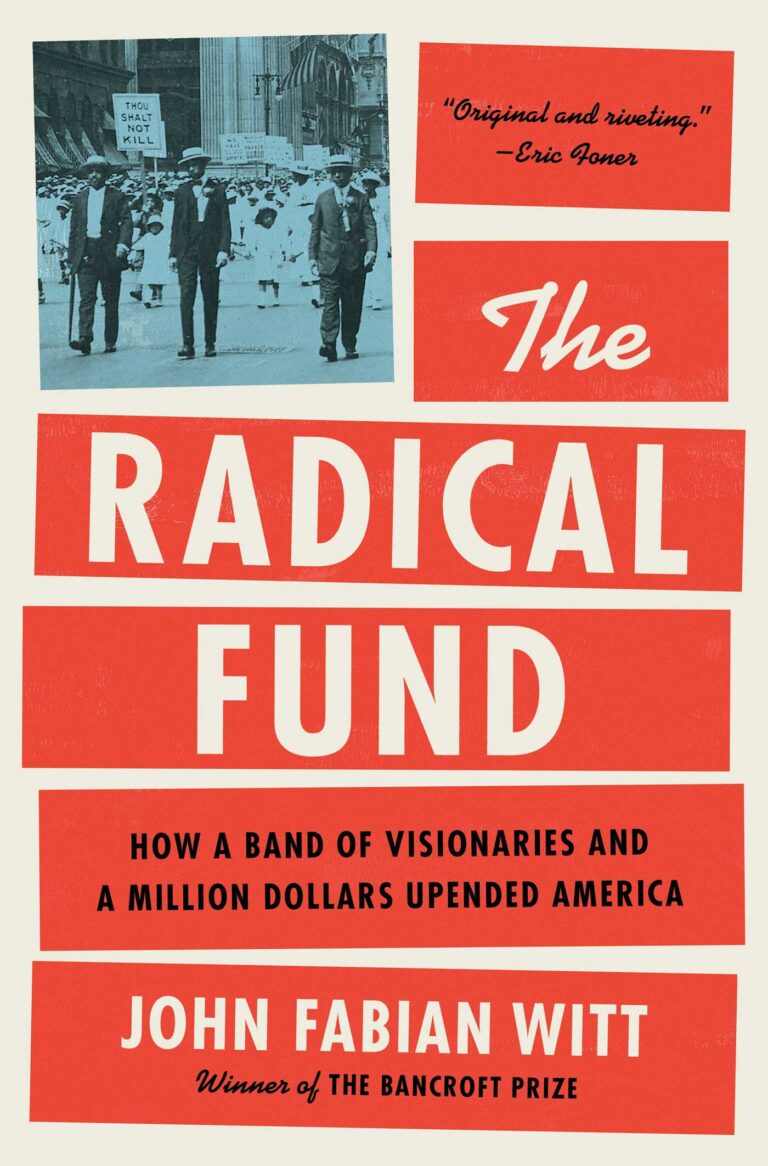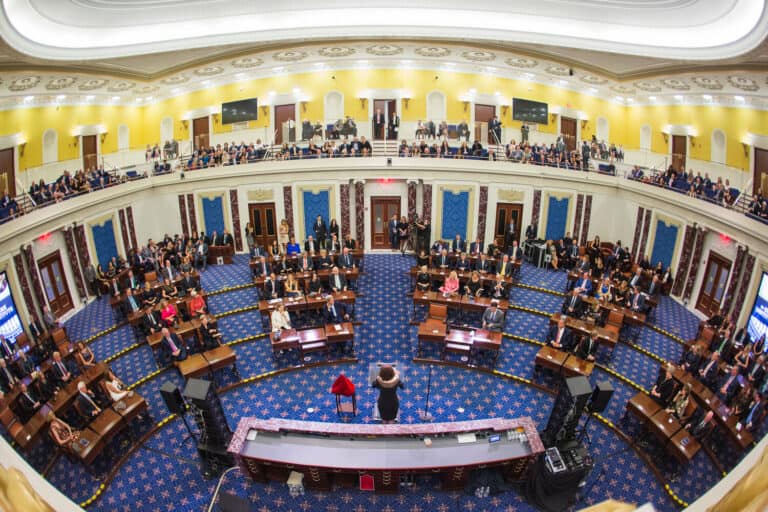
Marissa Marandola is a student at Harvard Law School.
On March 19, a federal judge held that the Illinois Municipal Retirement Fund (IMRF) does not violate public employees’ First Amendment rights to free speech and freedom of association by investing their mandatory contributions in companies that indirectly subsidize the anti-union political activities of the American Legislative Exchange Council (ALEC). Municipal employees and their union sued the fund last year, claiming that Janus stands for the broad principle that the government cannot force public employees to subsidize private speech with which they disagree. They argued that the transfer of their mandatory contributions from IMRF to investments in companies like AT&T, Exxon Mobile, and Anheuser-Busch, among others, that provide financial support to ALEC compelled public employees to subsidize ALEC’s lobbying for model bills that would undermine the public pension fund system and allow municipal bankruptcy, to the detriment of defined benefit plans.
Judge Robert W. Gettleman of the Northern District of Illinois, ruling in Sweeney v. Illinois Municipal Retirement Fund, dismissed the First Amendment claims because, in contrast to Janus, where employee funds were directly transmitted to private unions, the mandatory contributions at issue went to IMRF, a public entity. The principle derived from Janus, he wrote, is, as the plaintiffs claimed, a rule that “compelling a person to subsidize the speech of other private speakers violates the First Amendment.” But the illegal subsidization results only when private citizens’ funds subsidize other private speakers in the first instance: the required contribution must go directly from the citizen to the private entity. Judge Gettleman determined that, though employees’ real objection was to the use of their money to support ALEC’s political activities, their complaint challenged only the speech-related activities of IMRF, the entity that received contributions directly from the employees, in passing funds to companies that would later give to ALEC. He concluded that IMRF’s investment strategy, as the speech of a “body politic established by state law,” was government speech, not private speech, and that, consequently, Janus did not control.
Judge Gettleman instead applied the standard from Board of Regents of the University of Wisconsin System v. Southworth, a 2000 decision in which the Supreme Court held that the First Amendment allows a public university to charge a student activity fee used to fund extracurricular student speech so long as the funding program is viewpoint neutral and which controls the constitutionality of compelled funding of government speech. Because IMRF invests employee contributions in furtherance of a “legitimate mission,” (providing employee benefits and maximizing returns) and is legitimately obligated by state law to invest “prudently,” and because the plaintiffs did not claim that IMRF’s investment strategy violated Southworth’s requirement of viewpoint neutrality, Judge Gettleman found that the plaintiffs had failed to state a First Amendment claim. He dismissed a third claim, alleging that IMRF’s President and Executive Trustees had breached their fiduciary duty to the fund by investing in companies that support ALEC, on the grounds that IMRF officials had no duty under state law to decline to make otherwise-sound investments based on the political views of the companies in which it considers investing.
Sweeney offers two insights. First, it confirms the intuition that the Janus majority’s distinction between “the compelled subsidization of private speech,” which Janus deemed unconstitutional, and mandatory funding of government speech, which the First Amendment allows, will be key in future litigation. On Sweeney’s reasoning, Janus creates a fork in compelled-speech doctrine: mandatory contributions that go directly to a private entity are unconstitutional as compelled speech, but mandatory contributions that are given directly to a “body politic established by state law” and then to private entities, even if ultimately used to subsidize political speech, pass constitutional muster as government speech. The relevant question in litigation, then, is whether the funding at issue is properly treated as government speech or private speech. Where the post-Janus line between the two is drawn remains to be seen, but Sweeney suggests that even a single degree of attenuation between the contribution and the objectionable speech is sufficient to place a funding scheme in the government category.
Second, Sweeney is a further indication that the long-term impact of Janus is a change in form rather than substance. In the end, the outcome of the IMRF investment strategy at issue is to force public employees to support ALEC’s lobbying and advocacy work, albeit at some remove. Taking the Janus Court’s conclusion that paying is speaking to be true (though it’s a premise doubted by some legal scholars), mandatory contributions to the IMRF are no less compelled speech in substance than are agency fees. Yet, even in the post-Janus world, form prevailed: that the money passed through government hands cured any First Amendment concerns. Sweeney was an effort by organized labor to turn Janus to its advantage by using it as a tool to challenge the use of union members’ funds to support anti-union political activity, but instead of insisting that Janus’s substantive condemnation of agency fees be extended to other contexts, unions should take advantage of the decision’s formalist bent to recover lost ground.
In this sense, Sweeney offers a roadmap to labor advocates seeking to craft a legislative response to Janus. Lower court judges following Judge Gettleman’s lead will carefully parse the form that mandatory contributions take and look for a government intervention in the chain of custody between an employee and a private entity. A government pass-through, it seems, will allow entities to claim the greater protection offered to government speech under Southworth rather than meet the exacting Janus standard. If, as Sweeney indicates, inserting a government middleman to attenuate the link between compelled employee contributions and subsidized cures the narrow constitutional violation Janus identified, public employers can simply become an intermediary in the funding chain or, more directly, pay unions an amount equivalent to their former agency fees, eliminating the claim of employee compulsion.
It’s worth noting that the Janus majority did not itself cite government speech cases or differentiate Southworth and its progeny from the facts of Janus; Sweeney’s bifurcated approach is a natural inference from the Court’s reasoning but not explicitly stated. The Court may indicate in the future that the distinction between government speech and private speech is not, in fact, at the core of its thinking on compelled speech, or that even requiring taxpayers to subsidize unions through government runs afoul of the First Amendment. However, the Janus Court did emphasize that its concern was with government “[c]ompelling a person to subsidize the speech of other private speakers,” and Justice Kagan’s dissent observed that the majority “[did] not question” the logic of Southworth and similar cases. Lower courts would be justified in following Judge Gettleman’s approach to cabining Janus’s precedential effect, at least for the time being. Until the Court says otherwise, Sweeney provides hints as to the two-pronged direction of post-Janus litigation and gives labor advocates some useful guidance on how to navigate the ongoing process of legislative response.






Daily News & Commentary
Start your day with our roundup of the latest labor developments. See all
November 7
A challenge to a federal PLA requirement; a delayed hearing on collective bargaining; and the IRS announces relief from "no tax on tips" reporting requirements.
November 6
Starbucks workers authorize a strike; Sixth Circuit rejects Thryv remedies; OPEIU tries to intervene to defend the NLRB.
November 5
Denver Labor helps workers recover over $2.3 million in unpaid wages; the Eighth Circuit denies a request for an en ban hearing on Minnesota’s ban on captive audience meetings; and many top labor unions break from AFGE’s support for a Republican-backed government funding bill.
November 4
Second Circuit declines to revive musician’s defamation claims against former student; Trump administration adds new eligibility requirements for employers under the Public Service Loan Forgiveness program; major labor unions break with the AFGE's stance on the government shutdown.
November 3
Fifth Circuit rejects Thryv remedies, Third Circuit considers applying Ames to NJ statute, and some circuits relax McDonnell Douglas framework.
November 2
In today’s news and commentary, states tackle “stay-or-pay” contracts, a new preliminary injunction bars additional shutdown layoffs, and two federal judges order the Trump administration to fund SNAP. Earlier this year, NLRB acting general counsel William Cowen rescinded a 2024 NLRB memo targeting “stay-or-pay” contracts. Former General Counsel Jennifer Abruzzo had declared that these kinds […]